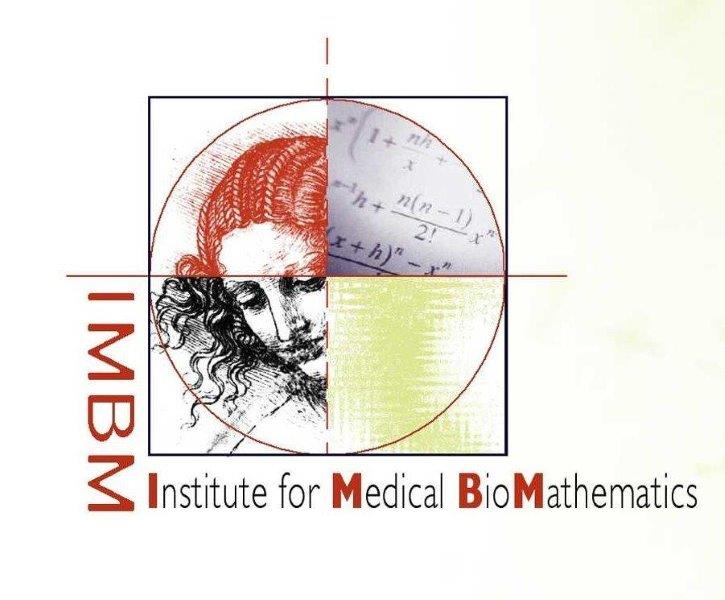
Chemotherapy
Background: Over the past thirty years, or so, members of IMBM’s team have been engaged in developing a theory for cancer treatment optimization. Thus, modeling population dynamics, under various distributions of environmentally-inflicted loss processes, we suggested that population persistence depends on the level of synchronization of the environmental and population processes. Population growth is maximized when the periodicity of the environmental disturbance is integer or fractional multiple of the population characteristic periodicity (e.g. Agur, 1985; Agur, Arnon, & Schechter, 1988; Agur, Arnon, & Schechter, 1992). This Resonance Phenomenon is observed in as diverse models as those of mussels in the intertidal zone under harsh weather regimes, those of humans exposed to pulsed measles vaccination policies and those of cancer and host cell populations under periodic chemotherapy. In each case resonances result from some specific properties of the ssystem at hand, thus suggesting the universality of this phenomenon. A large variance in the intrinsic biological periodicity damps-down the resonance effect and a similar “Anti-Resonance” effect is created by random drug pulsing (e.g. Cojocaru & Agur, 1992).
Methods and Results: Based on model analysis it was suggested that chemotherapy by cell-cycle phase-specific drugs can be optimized by schedules, employing the Resonance/Anti-Resonance effect in conjunction with known differences in cell-cycle distributions of host and cancer cells (Agur, et al., 1988; Kheifetz, Kogan, & Agur, 2004; Kheifetz, Kogan, & Agur, 2006). This method, termed Z-Method, was verified both in vitro and in vivo (e.g. Agur, et al., 1992; Ubezio, Tagliabue, Schechter, & Agur, 1994). For tuning-up the method to clinical needs a new heuristic optimization method was developed, complying with complex criteria for treatment efficacy and safety (Agur, Hassin, & Levi, 2006), and the mathematical models of both pathology and physiology were upgraded to fit (e.g. the Non-Hodgkin Lymphoma disease (NHL: Ribba, et al., 2005; Kogan, et al., 2007). Quantitative predictions about the optimal administration of various chemotherapy and anti angiogenic drugs were made and validated in the preclinical and clinical settings (e.g. Gorelik, et al., 2008).
Conclusions: It was suggested that the developed models and their validation procedures provide solid grounds for further employment of biomathematics in medicine.
For further reading:
- Gorelik, B., Ziv, I., Shohat, R., Wick, M., Hankins, W. D., Sidransky, D., et al. Efficacy of weekly docetaxel and bevacizumab in mesenchymal chondrosarcoma: a new theranostic method combining xenografted biopsies with a mathematical model. Cancer Res (2008) 68(21), 9033-9040.
- Kogan, Y., Ribba, B., Marron, K., Dahan, N., Vainstein, V., & Agur, Z. Intensified doxorubicin-based regimen efficacy in residual non-hodgkin’s lymphoma disease: towards a computationally supported treatment improvement. Math. Model. Nat. Phenom (2007) 2(3), 47-68.
- Agur, Z., Hassin, R., & Levi, S. Optimizing chemotherapy scheduling using local search heuristics. Operations Research (2006) 54(5), 829-846.
- Kheifetz, Y., Kogan, Y., & Agur, Z. Long-range predictability in models of cell populations subjected to phase-specific drugs: Growth-rate approximation using properties of positive compact operators. Mathematical Models & Methods in the Applied Science (2006) 16(7), 1-18.
- Ribba, B., Marron, K., Alarcon, T., Maini, P. K., & Agur, Z. A mathematical model of Doxorubicin treatment efficacy for non-Hodgkin’s lymphoma: investigation of the current protocol through theoretical modelling results. Bull Math Biol (2005) 67(1), 79-99.
- Kheifetz, Y., Kogan, Y., & Agur, Z. Matrix and compact operator description of resonance and antiresonance in cell populations subjected to phase specific drugs. Journal of Medical Informatics & Technologies (2004) 8, MM11-MM29.
- Agur, Z., Arnon, R., & Schechter, B. Effect of the dosing interval on myelotoxicity and survival in mice treated by cytarabine. Eur J Cancer (1992) 28A(6-7), 1085-1090.
- Cojocaru, L., & Agur, Z. A theoretical analysis of interval drug dosing for cell-cycle-phase-specific drugs. Math Biosci 1992 109(1), 85-97.
- Ubezio, P., Tagliabue, G., Schechter, B., & Agur, Z. Increasing 1-beta-D-arabinofuranosylcytosine efficacy by scheduled dosing intervals based on direct measurements of bone marrow cell kinetics. Cancer Res (1994) 54(24), 6446-6451.
- Agur, Z., Arnon, R., & Schechter, B. Reduction of cytotoxicity to normal tissues by new regimens of cell-cycle phase-specific drugs. Mathematical Biosciences (1988) 92(1), 1-15.
- Agur, Z. Randomness, synchrony and population persistence. Journal of Theoretical Biolog 1985 112(4), 677-693.

